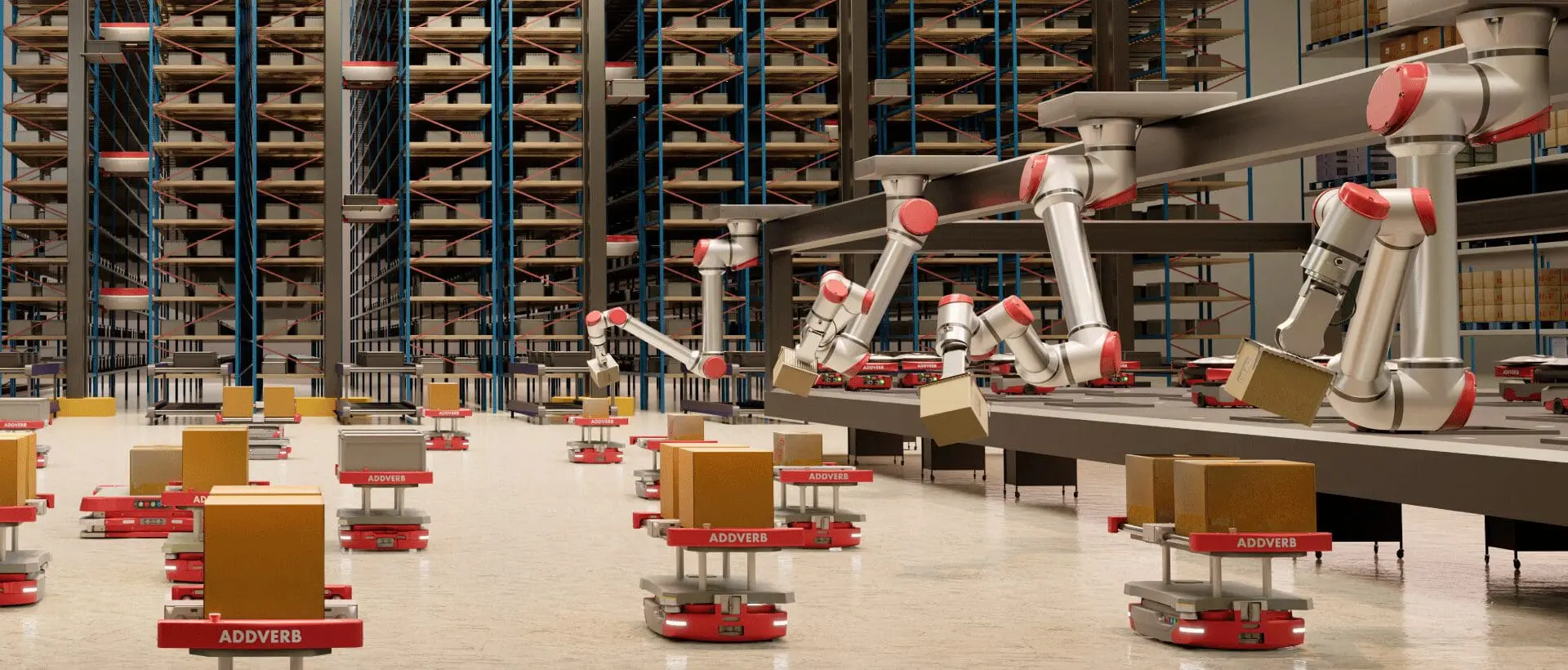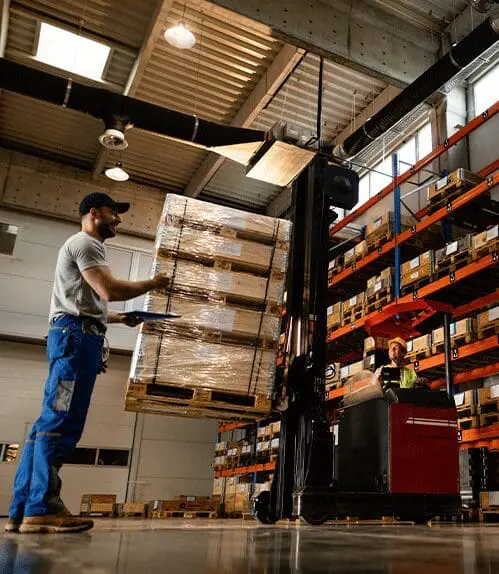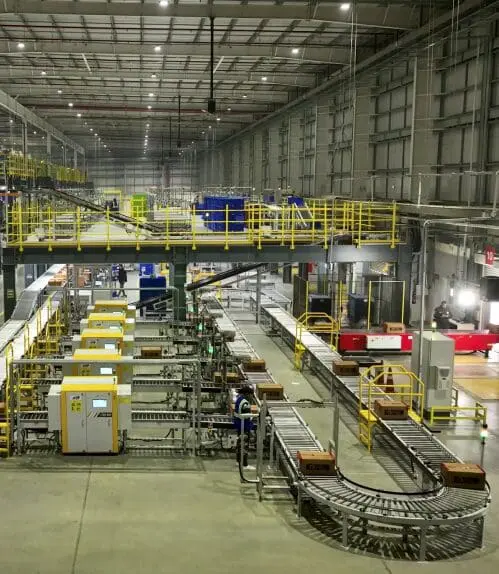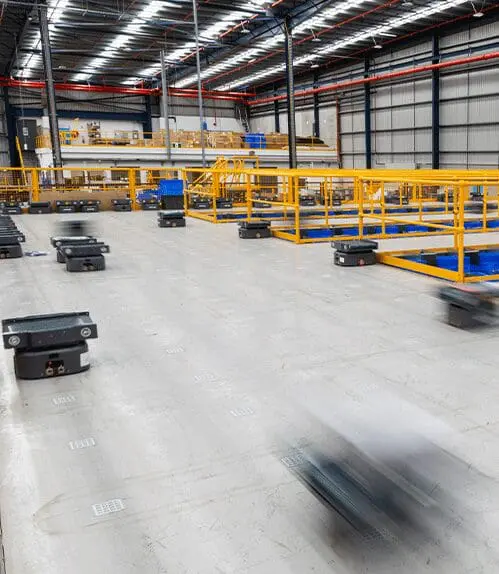Why Robotic Bin Picking?
Order fulfilment has always been one of the core activities within the realm of supply chain operations, and it is becoming increasingly intensive, thanks to the proliferation of SKUs, order volumes, and operational density.
For instance, a typical pharmaceutical company that handles thousands of specific, small, but high-volume of SKUs demands an extremely precise order fulfilment operation. The manual order fulfilment process not only reduces throughput but also leads to process inefficiencies and inaccuracies.
Adopting robotic bin picking solutions, which leverage computer-based vision systems and sensors, offers the ideal solution for picking objects that are randomly placed in bins.
Robotic bin picking proves especially valuable when dealing with heavy, sharp, or hazardous materials, as well as when replacing labour-intensive order fulfilment through picking, and bulk parts sortation. It ensures high levels of picking accuracy, throughput, and boasts a remarkable uptime with a Mean Time Between Failures (MTBF) of up to 75,000 hours.
Why is it a Hard Nut to Crack?
Despite its numerous benefits, bin picking remains in its nascent stages and has yet to fully realize its potential due to the inherent complexities involved.
Localization: A bin-picking robot must identify the position and orientation of objects placed in the bin. This occurs in an extremely unstructured environment where the positions and orientations of objects change each time a robot retrieves an item from the bin.
Achieving this requires training the system with thousands of orientations for each object or SKU. In industries like e-commerce, where businesses deal with a multitude of SKUs, this task becomes daunting.
System Integration: Implementing a robotic bin picking solution demands a good balance in coordinating the functions of vision systems, software, computing power, and real-time data processing. The ultimate performance lies in the robot’s ability to grasp objects from a bin.
Up until now, a significant degree of success has been achieved with geometrically symmetrical objects, featuring plain features, manageable weight, and some form of sufficient planar surface in all of their random orientations. These characteristics make it easier for robots to pick and grip such objects.
How Many Types of Bin Picking?
There are various subsets of bin picking systems that already exist:
1. Structured Bin Picking: This involves robotic bin picking with objects that are structurally organised and easy to identify and pick. Using 2D vision, imaging, and analysis, success can be achieved to a considerable extent.
2. Semi-Structured Bin Picking: Objects in this category have a fair degree of organisation and predictability in their placement, aiding in the picking process.
3. Random Bin Picking: This is the most challenging version, where objects are placed in completely random positions, they may overlap, and have multiple orientations. Advanced technologies, including 3D imaging and analysis, are required to tackle the most complex scenarios, such as shingled, packaged, or deformable parts that are difficult to capture with machine vision.
This system is called Randomized Bin Picking because the robot selects objects randomly based on an algorithm that provides information about the position coordinates of the object to be picked.
Beyond robotic bin picking, Addverb offers a diverse range of innovative Person-to-Goods picking solutions that further enhance order fulfilment efficiency. From Pick-to-Light to Pick-by-Vision, Addverb’s commitment to innovation is redefining the future of supply chain operations.
Addverb’s Advanced Vision-Based Robotic Bin Picking Solution
Addverb’s vision-based Bin Picking Robots stand as a shining example of technological innovation in the manufacturing industry. By completely eliminating the need for human intervention in monotonous and strenuous production line tasks, they not only enhance efficiency but also free up human workers to focus on more creative and meaningful tasks. This revolutionary solution is undoubtedly a game-changer in the world of manufacturing.





